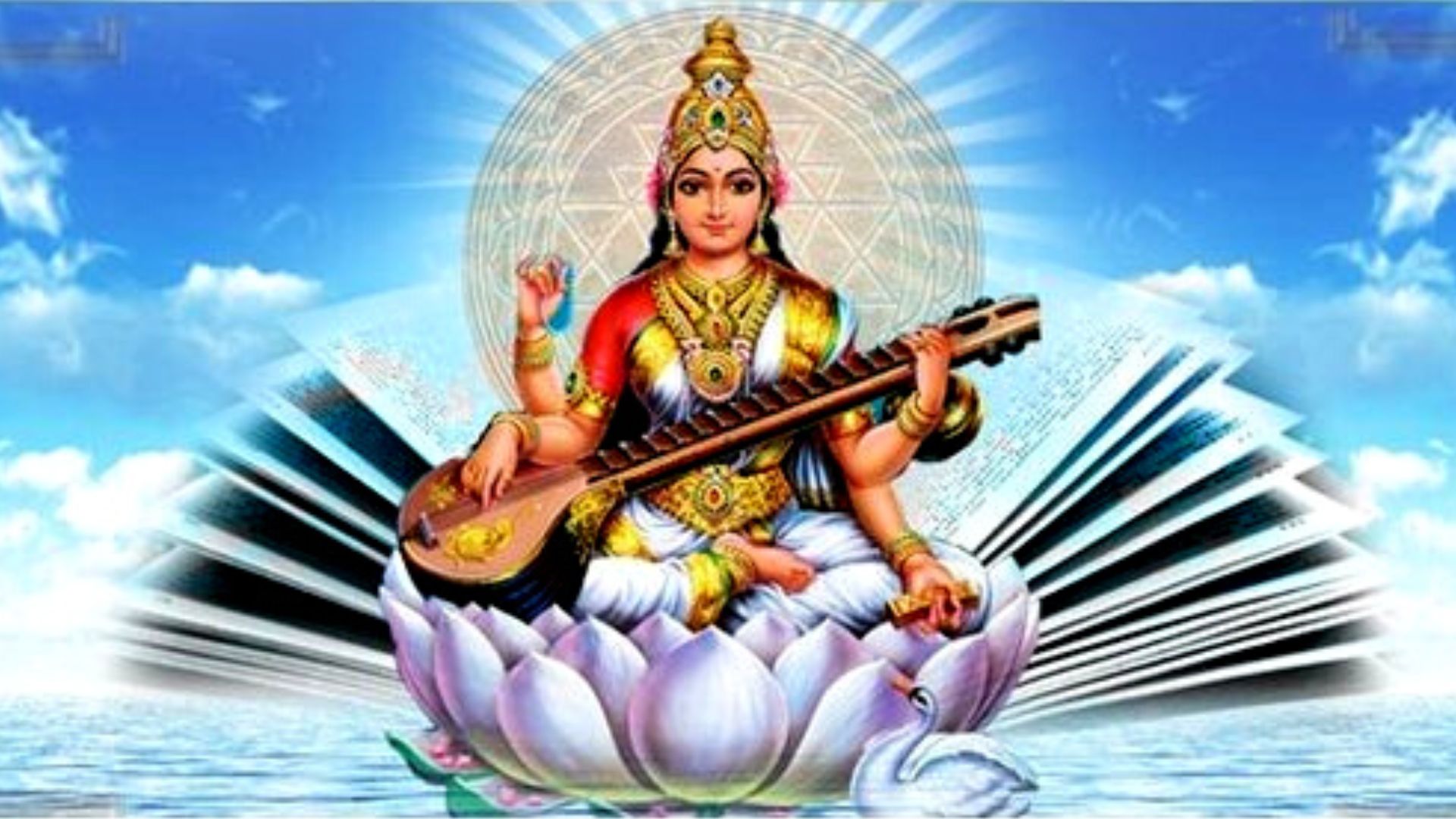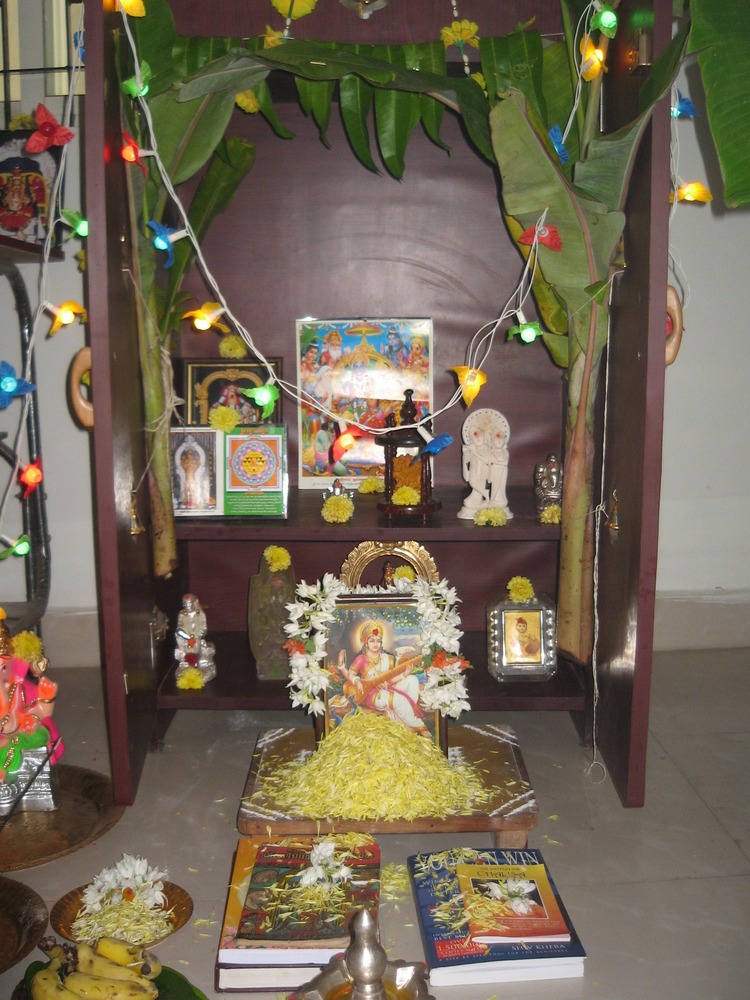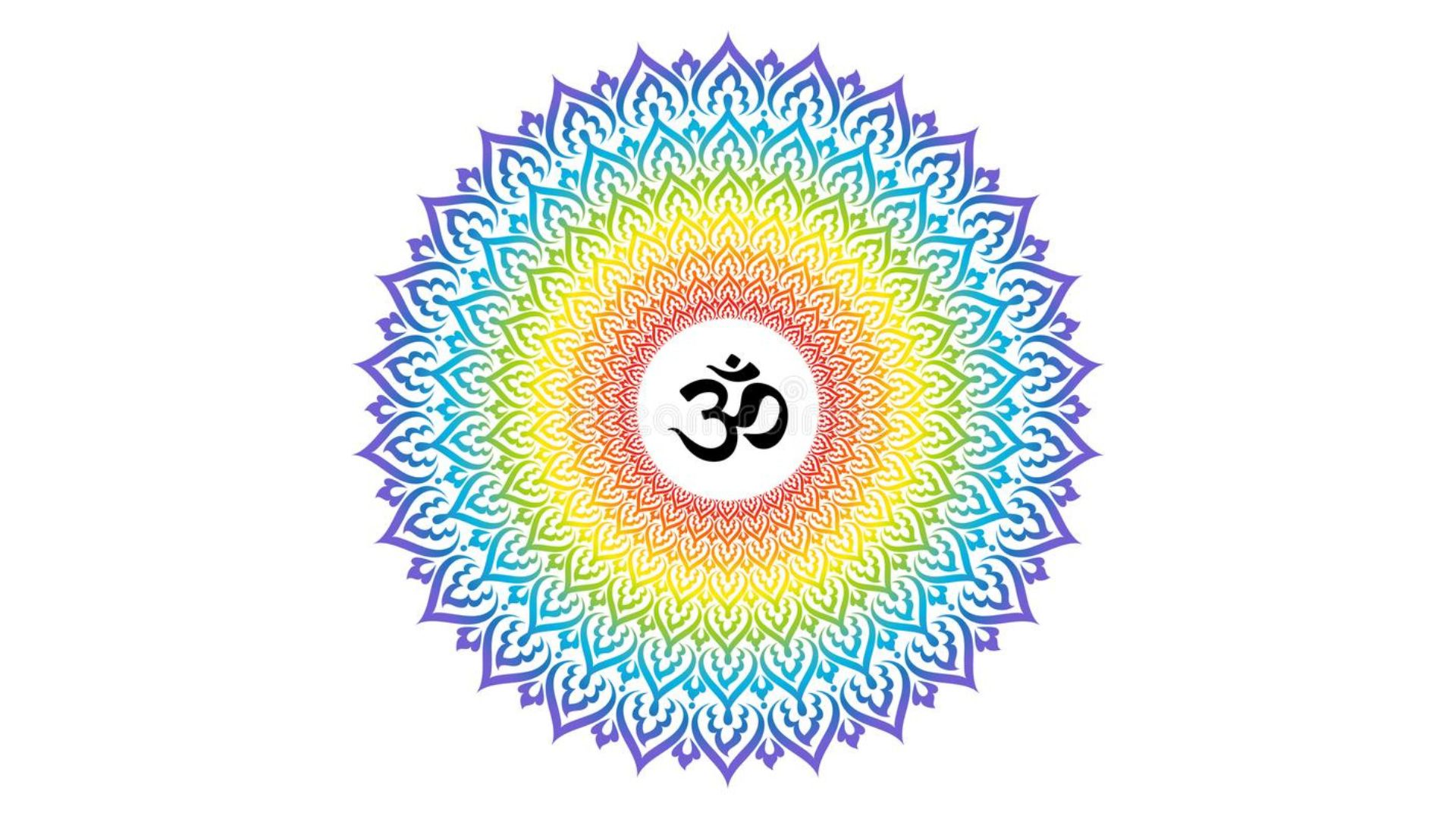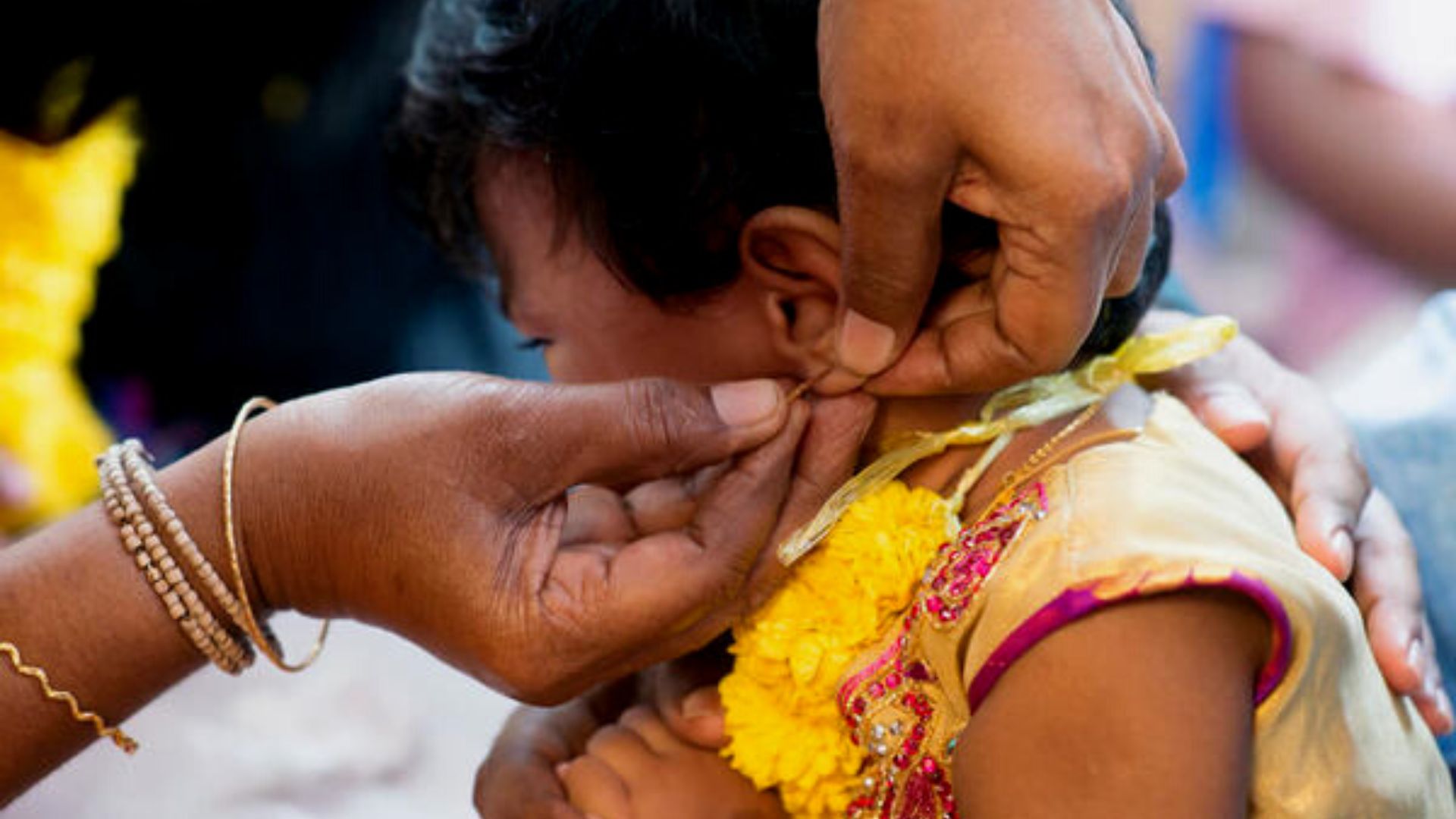As we explore Indian customs and traditions, one is wonderstruck by the sheer number of unique and meaningful rituals practiced for the well-being of a human beings. Numerous traditions, rituals, and customs are practiced; some are region-specific, while others are followed throughout the country. Studying these fascinating rituals and delving deeper into the mystic practices makes one respect their ancestors and the saints who have roamed this mystic and blessed land!
Here are a few of the fascinating rituals followed throughout India and their scientific reasons:
PRAYING ON POURNAMI / FULL MOON DAY
Praying on Pournami / Full moon day has immense significance in Indian culture. People throng their Kula Deiva temple to offer prayers. Some pray and chant mantras from their homes on this auspicious day. Pournami / full moon day comes once a month. Each month is divided equally into two halves where the first 15 days is the waxing of the moon and the last day falls on the full moon day. The following 15 days is the waning of the moon and the last day falls on the no moon day or Amavasya.
On Pournami /Full moon day, people clean their homes, hang mango leaves and decorate their houses, observe Virat ( fast) and perform poojas at home. On the day of Pournami, the moon completes one cycle around the earth. It symbolizes starting anew; hence people begin new projects on this day. Also, Pournami is the day when the moon is at its biggest and brightest self which denotes abundance and prosperity. In Indian legends, many avatars of Gods / Goddess happen to take place on a Pournami day.
Apart from this, there are scientific reasons and shreds of evidence that suggests that on Pournami day, the moon's gravitational pull is at its maximum. This influences all living things on earth. The ocean tide araises and falls according to the moon cycle. In fact, some marine species have their reproductive cycle in sync with the moon phases.
Since more than 1/2 of the human body is composed of water, the moon cycle affects humans as well. The emotional aspect of humans gets influenced, which is why a lunatic will be more irritable/restless on a full moon day. In fact, the name lunatic comes from the Latin word Luna meaning moon. Since the moon's pull is at its maximum, the ancestors and saints of India devised many rituals to harness and channel the energy from the moon. Thus, on this day, when a person chants mantras/offers prayers, he attracts immense positive energy/vibrations from the moon.
HANGING NIMBU - MIRCHI AT ENTRANCES

Suspending the combination of Nimbu and Mirchi outside homes/shops and cars is quite a common sight in India. This ritual has been in India for quite some time and is associated with many legends and folklore.
Legends and Folklore of India say that Goddess Lakshmi (the Goddess of Wealth and prosperity) has a twin sister called Alakshmi. Alakshmi is the Goddess of poverty and sadness. Since they are twins, they always travel together. Goddess Lakshmi loves sweet things, but Alakshmi loves bitter and sour food to feast on. Hence, When Lime and Mirchi are hung on the entrances of homes and establishments: It is a belief that Alskahmi stays outside and feasts on the chili and lime meanwhile Goddess Lakshmi enters the home. Another folklore goes: the sisters traveled to a village together and met a man. They asked him who among the sisters was more beautiful. The man gave a diplomatic answer. He said Lakshmi looked good while entering, while Alakshmi looked good while exiting his house.
Apart from this folklore and tales, there is a scientific reason why people tie Nimbu - Mirchi in the entrances: When one pierces the Nimbu ( along with chilies to hang, the juices evaporate in the air keeping the small flies and insects in the bay. They do not enter the home. Also, Nimbu helps in removing negative thoughts and vibrations in the atmosphere. That is why it is used extensively as an offering to the Gods / Goddesses. This Nimbu - Mirchi is changed once every week. Every Friday evening, it gets removed, and fresh ones get tied on Saturdays. It is said to ward off Evil eyes as well.
OBSERVING FASTS OR VIRATThe world is going crazy, and everyone in the health sector is talking about intermittent fasting. This practice of observing fasts has been in India since time immemorial. Observing fasts or Vrats have been linked to spirituality, and many rituals and customs developed around fasting. In India, people adhere to different types of fasting. Some people fast on a specific day of the week that corresponds to their Ishta Devata. For Lord Ganesha / Guru, people refrain from taking non-veg food and fast on Thursdays. To honor Sani Bhagavan, people skip a meal or two on Saturdays. Some people fast during special occasions like the Shivarathri / Pournami / Ekadasi.
Some people fast for the whole day, while some skip a meal. Observing fasts and virats helps the human body in realignment; this is why elders made it a compulsory custom and linked it with spirituality. When food gets ingested non-stop, the body is overloaded, works slowly, and becomes lethargic. The mind becomes dull and not alert enough for spiritual practices like meditation.
When one fast, on the other hand, the body gets rejuvenated and realigned. The whole body is cleansed at the cellular level and feels light and energetic. It improves vibrancy and aids in concentration during meditative practices. Hence observing fasts not only help in a sound body but also a sound mind. When one states that fasting is good for the body, not many people will follow it. This is the reason it was linked to spirituality. Then fasting becomes divine, spiritual, and done with devotion - thus uplifting both body and mind of a person.
WHY BOOKS ARE RESPECTEDWHY BOOKS ARE RESPECTED

India is a country whose culture is famous for the personification of various Gods and Goddesses. The Sun is revered deeply as the Sun God - Surya. The wind gets venerated as Vayu Deva and the Rain as Indira. Similarly, Goddess Saraswathi is associated with acquiring knowledge and wisdom.
 According to the Indian tradition, there is a great emphasis on acquiring and imparting knowledge. Equal importance is given to both worldly and Spiritual knowledge.
According to the Indian tradition, there is a great emphasis on acquiring and imparting knowledge. Equal importance is given to both worldly and Spiritual knowledge.
In India, people believe that the Goddess Saraswathi resides in the Books, as she is illustrated, holding the Vedasin in her arms. This is one of the reasons why during Saraswathi pooja, Indians pray to the books by cleaning them and placing them in the pooja rooms. They adorn the books with tilak and flowers, chant mantras, and perform poojas for the books and notebooks. It is considered a sin to disrespect books/papers by touching them with one's feet.
CHANTING OF MANTRAS

No other religion in the world has such exhaustive and elaborate chants and mantras as the ones chanted in Hinduism. The day in most households begins by chanting / listening to Vishnu Sahasranama. Each God / Goddess has personalized chants and mantras that are chanted in Sanskrit. In fact, Sanskrit is one of the oldest languages known in existence and is believed to be the language of the Gods that is sound sensitive. That is the reason why it has to be pronounced/articulated in the correct way. It does not matter whether you know the meaning or not. The sound and pronunciation are vital to manta chanting.
Whenever an individual chants a mantra in Sanskrit, it produces a sound vibration. These vibrations are energy forms that get absorbed into the atmosphere. The ancient Sanskrit mantras chanted with the correct pronunciation create immense positive vibrations and energy forms. Thus positively impacting the person not only uttering the mantra but the person listening to it as well.
Every different mantra chanted gives out a varied vibration that carries a different kind of energy. Mantras like the Vishnu Sahasranama sets the mood for the day by uplifting the emotions in a person, while Sri Lalitha Sahasranama relaxes a person and calms them down. Mantras are said to be a cure for many mind-related illnesses, such as anxiety, depression, and blood pressure.
EAR PIERCING

Ear piercing is an ancient Indian practice. To many people, it might look like a ritual to enhance one's appearance, but it has a deeper meaning and significant benefits. In India, the ear piercing ritual is performed anytime after the infant completes six months. Both boy and girl babies have their ears pierced which is often a grand celebration in the family.
There are many pressure points in the human body on which, when pressure is applied, the body gets strong and healthy. According to Ayurveda, the lobe of an ear is a vital point. This point connects the right and the left brain. Piercing this point helps in activating the brain connections and makes them stronger. Thus ear piercing ensures that there is healthy mind development. Also, according to acupressure experts, the ear lobe is a pressure point. When constant pressure is applied, it helps in keeping ailments and mental illnesses like OCD and anxiety at bay.
Thus, Indian rituals are reliable and tested; they have been in practice for ages. Customs and tradition came into existence as a tool to guide people and to make life vibrant. Over many years, these rituals got eliminated, distorted, exploited, or even forgotten. But it is essential that we (need to) look deeper and be able to remove the corruption/distortion from the rituals and follow the techniques. We must not throw away something that our Indian Civilisation has learned and perfected for over 1000 years.
 I am Vaishnavi Gurusankar, a passionate educator, a wife and a mother. I have over a decade of experience as an educator and have been closely working with teachers and children of all ages. I am also an active parenting blogger and founder of Magical Unicorn, an exclusive parenting blog founded on Indian ethos, values and stories at its core.
I am Vaishnavi Gurusankar, a passionate educator, a wife and a mother. I have over a decade of experience as an educator and have been closely working with teachers and children of all ages. I am also an active parenting blogger and founder of Magical Unicorn, an exclusive parenting blog founded on Indian ethos, values and stories at its core.
NEXT ARTICLE

At the southernmost tip of this mesmerising ensemble lies the majestic Great Nicobar Island, boasting an impressive landmass of about 910 square kilom...

Bharath has always been a land traversed by spiritual masters/ Guru since time immemorial. These spiritual masters have always upheld the core princip...

South India contains its fair share of unique pilgrimage centres. These divine places of worship have a prominent Sthala Purana, devoted followers, di...